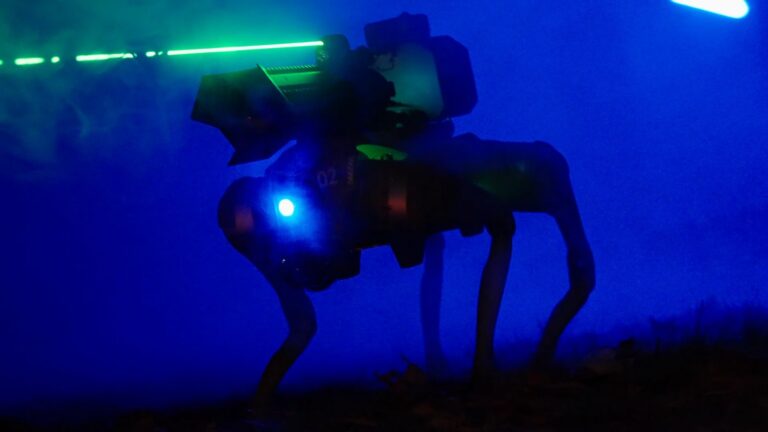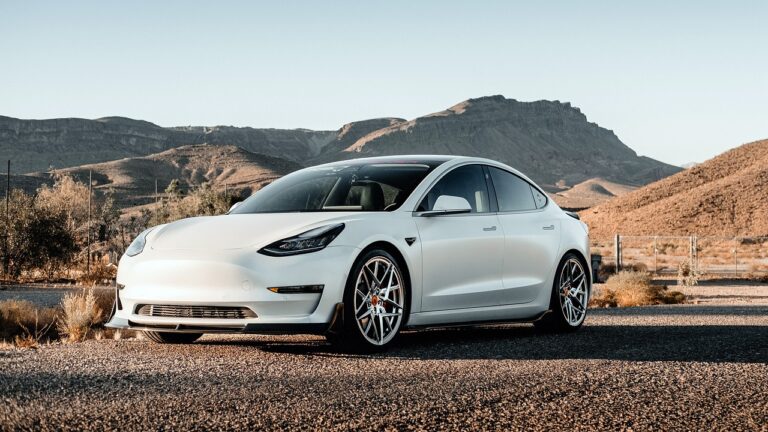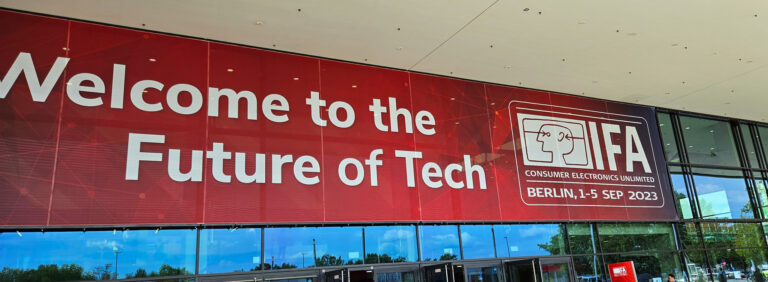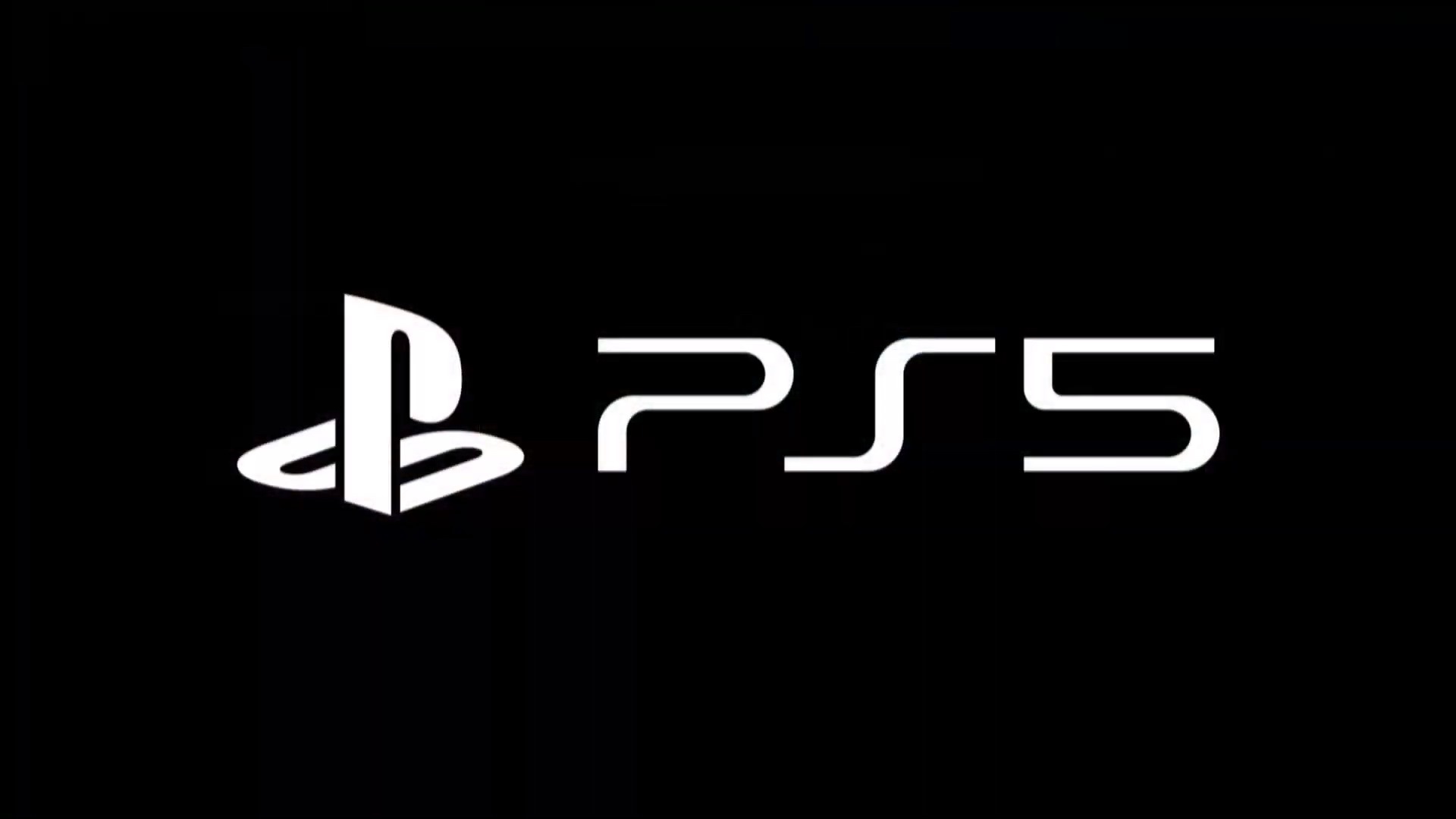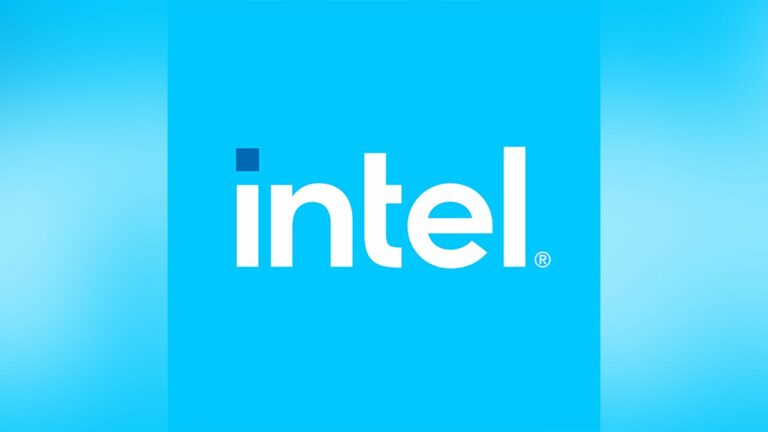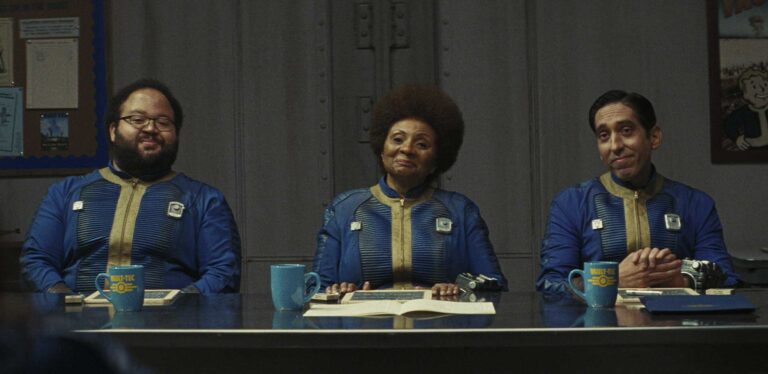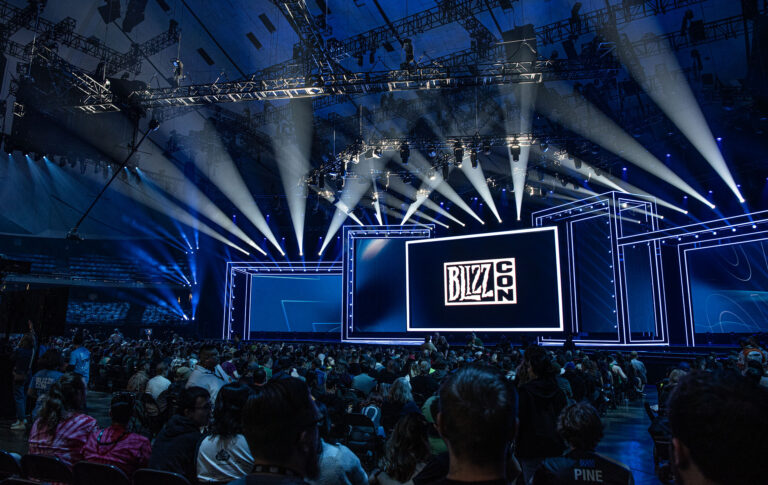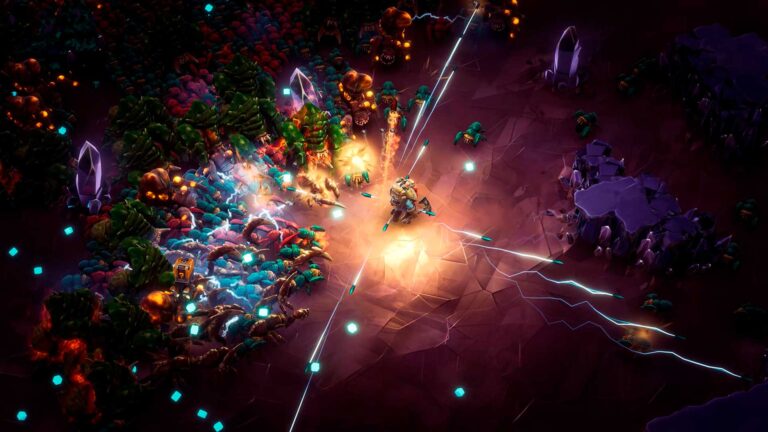Interview with Dave Orton

Muropaketti got a unique opportunity to interview ATI’s President and CEO Dave Orton after the IDF Fall 2005 event in San Francisco. Dave, who was appointed ATI’s CEO a year ago, flies between Toronto headquarters and Santa Clara office on a weekly basis, because his home and family are located in Santa Clara. Muropaketti was able to meet Dave with a short 12 hours notice and was invited to do the interview at half past midnight. In the morning when I woke up I came up with a few questions concerning R5xx-product family, CrossFire technology, questions about moving to 90nm process technology and developments in handheld graphics technology. ATI told us beforehand that questions may not be related to financials to avoid conflicts with SEC and OSC rules governing financial quiet periods. Naturally I tried to avoid asking questions about unannounced products, because no-comment answers don’t really get you anywhere.

Roughly 70 kilometer trip from San Francisco to Santa Clara was done with local Caltrain and couple of taxi rides. After about two hours of traveling it was time to walk into office located at 4555 Grand America Highway and check into reception. The appointment was at 2 pm, but I arrived early and Dave was able to meet me right away.

A relaxed CEO wearing jeans and a white ATI dress shirt walked into the small meeting room. After introducing ourselves and exchanging business cards, we chatted a little about Finland and Dave wanted to take a look at our country’s location on the map. The CEO of ATI has so far never visited Finland and his only time in Scandinavia was a previous trip to Oslo.
The Interview
In the following dialogue direct quotes from Dave Orton have been placed into quote marks. Text without them has been written based on general conversation.
Sampsa Kurri: ATI’s products often incorporate technology from different segments of the market, so in the future will it be possible to see desktop technology in mobile phones and will we, for example, see Xbox 360 technology in mobile phones?
Dave Orton:”Absolutely, and we’re also leveraging ideas and techniques from mobile technologies to desktop products, like power management technology”.
Sampsa: Nokia’s N-Gage didn’t really make the kind of breakthrough that people expected, especially when it was competing against such experienced companies like Sony and Nintendo. What do you believe ATI will bring to mobile phones and mobile gaming market? When can we realistically expect 3D and shaders in mobile phones?
Dave:”From our work with PC and game console manufacturers, it’s become clear that the most important role of graphics hardware is to serve as a delivery platform for a variety of exciting content, and we believe that handset manufacturers can leverage our experience as a content catalyst with PC and game console manufacturers. We’d like to see ourselves as the focal point for mobile phone manufacturers, content creators and other parties to come together to make the delivery of great handheld content possible”.
”Our objective is to bring high-end 3D-graphics to mobile phones and we have the technology available today to do that. So obviously, we think there is an exciting opportunity ahead of us to work alongside handheld manufacturers
to drive high-end 3D gaming devices into the market. ATI’s current Imageon 2300 chipset for mobile phones is already OpenGL ES1.0-compatible, and available in existing phones, and next generation Imageon products will see OpenGL ES 2.0-compatibility, which will bring programmability and shaders to mobile devices along with it”.
Sampsa: ATI’s products are currently used with more than 30 Motorola mobile phones and Samsung’s five mega-pixel camera phone that was just announced. How come your products are not yet in Nokia’s mobile phones?
Dave:”We do want to see our products in Nokia’s mobile phones, and we would certainly be excited about having Nokia as a partner”.
Sampsa: Can you tell us a little about the problems which you encountered when you moved to 90nm production technology?
Dave:”Xbox 360-game console’s Xenon-graphics chipset was developed on 90 nm with tremendous success, so we felt confident using it for the R5xx family. RV515, which will be aimed at the entry-level PC segment, also worked perfectly from the outset without encountering any manufacturing issues. But to be honest, we’ve had our share of challenges with the R520 and RV530 chips. Even though all the simulations that were done with the chips were looking good, there were still issues with the silicon when it came back from the fab. It was also surprising that RV515 and RV530 were designed by the same team and manufactured in the same fab using same technology, but RV515 worked perfectly and RV530 caused us problems”.
According to Dave, R520 chips taped-out in November 2004 and original plan was to announce it seven to eight months later during the June-July period. Adopting smaller manufacturing technology delayed the schedule by a couple of months, but because of other challenges the engineers faced, the chips were delayed by an additional 2-3 months.
Sampsa: Last year when ATI moved from the 130nm to the 110nm manufacturing process, only the entry-level, mainstream and upper-mainstream products made the migration. How come this time around you’re using the latest process technology, 90nm, for your entire product family, including high end?
Dave:”One major factor relating to adoption of smaller manufacturing technology was naturally our deal with Microsoft on the graphics solution of Xbox360, and the success of the Xenos graphics processor has given us a high confidence level in the 90nm process. And although there have been challenges along the way, recent results with the R520 and RV530 are looking excellent, and indicate that they’ll be very well placed in the market in terms of both performance and image quality when they arrive in the fall.”
Sampsa: Did you have to remove any planned features from R520 in order to reach the version of R520 which you’re about to bring to the market?
Dave:”No we didn’t. The graphics chip runs extremely fast, and although we’re still finalizing clocks, I can tell you that we’re hitting stock engine speeds never seen before in this industry. The chip had to be produced with 90nm technology, because 110 nm would have made it way too large, and it’s still not a small chip.”
According to Dave, the memory controller of the graphics chip has gone through a complete redesign, and ATI will be providing more details when they launch their new product family this fall.
Sampsa: A year ago, ATI was almost laughing off Nvidia’s SLi dual display card solution, but now you’ve announced your own dual-GPU CrossFire technology to the market. What do you think about multi-card solutions?
Dave:”ATI has always supported multi-GPU solutions – in fact, we brought the first one to market in 1999 with the Rage Fury Maxx, and we actually hold the patents on a number of multi-GPU technologies including AFR. Over
the years, we’ve continued to bring multi-GPU solutions to market for industrial and military applications through our partners like Evans and Sutherland, and SGI. But before bringing out CrossFire, we wanted to be sure we could deliver performance, exceptional image quality, and a fully-flexible, fully-compatible solution for the right price. And this is an area that will continue to evolve, and ATI is going to continue to be a driving force. Going forward, we expect to see trends in multi-GPU technology that will include dual X16 support and more competitive pricing”.
Sampsa: Would it then be fair to say that you launched CrossFire because of pressure from Nvidia?
Dave:”Nvidia certainly deserves credit for bringing SLi to the market and generating more consumer interest in multi-card solutions, but the vision behind CrossFire was to create the only multi-card solution on the market that provides a performance or image quality improvement to 100% of 3D games, not just 2 or 3%. Delivering a solution with 30X the level of game compatibility means a longer engineering investment, and the feedback we’ve received from customers is that they are prepared to wait a bit longer for a solution that meets their needs better”.
Sampsa: Do you believe that in future we’ll see four or even more display card solutions?
Dave:”We’re already seeing solutions from partners like Evans and Sutherland that are using 64 ATI GPUs for industrial applications, and on the consumer side, in the future I could expect to see a display card that includes two graphics chips, which could be combined to provide a four GPU solution”.
Sampsa: Do you also expect to see dual core graphics solutions in the future in a similar manner as Intel’s and AMD’s dual core CPU’s?
Dave:”Graphics chips have been implementing multi-cores for years, and today we have 16 or more cores operating on one ASIC. Putting two GPUs on a die is not really a necessary step, but putting multiple GPUs on a card is a logical step going forward”.
Sampsa: ATI told us last year that it’ll only announce a display card when it can be brought to markets in 30 days. Comments on this?
Dave:”Luckily we didn’t say this with the announcement of CrossFire technology. We ran into problems with external link-cable and motherboards certainly are not in the markets yet. ATI CrossFire samples should be available to the press in the next couple of weeks though, and motherboards based on this technology will arrive to the market before next generation display cards are launched”.
Sampsa: One last question, have you ever overclocked a display card? :)
Dave:”Not personally; I mostly use a laptop. But we consider ourselves an important part of the overclocking community: for example, we’ve sponsored overclocking contests, we hosted two of the world’s top overclockers at our R420 launch event in Barcelona for a overclocking demonstration, and we’re working on an overclocking guide with useful tips and hints for overclockers”.

After about 40 minutes of chatting I asked Dave to sign the notes that he wrote during the interview. ”To Sampsa, Good luck reading this, Dave Orton”.
Sampsa Kurri 29th of August 2005 (sampsa.kurri@https://muropaketti.com)
